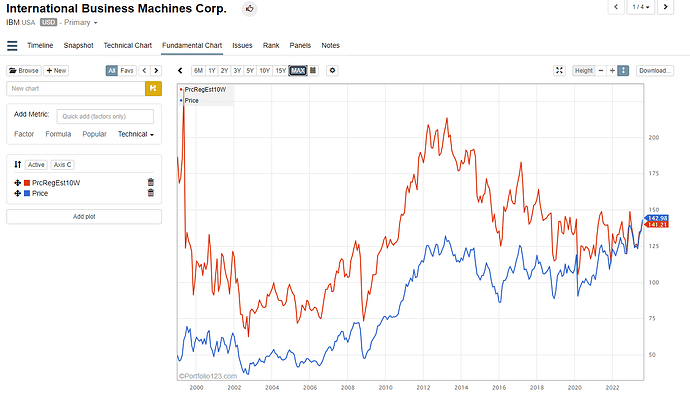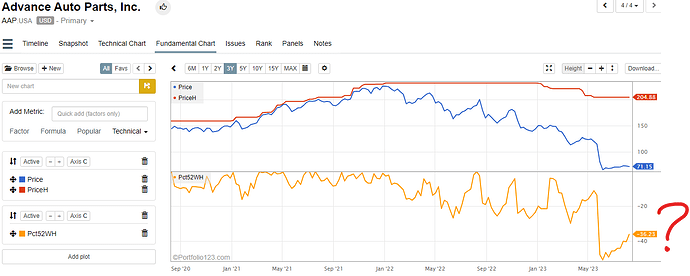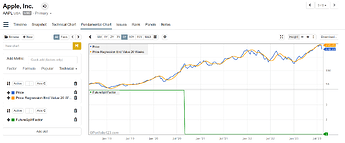Dear All,
The following factors & functions are now available. All of these could be coded before but the formulas would be quite involved and error prone. These should be much easier to use.
TECHNICAL →PERFORMANCE
Percent From Period High
HighPct(bars [,series]) Percent from high in the period (incl div)
HighPct_W(bars [,series]) Percent from high in the period using weekly series (incl div)
Pct52WH Percent from 52 week high using weekly series (incl div)
Pct3MH Percent from 3 month high using weekly series (incl div)
Pct4WH Percent from 4 week high using weekly series (incl div)
Percent From Period Low
LowPct(bars [,series]) Percent from low in the period (incl div)
LowPct_W(bars [,series]) Percent from low in the period using weekly series (incl div)
Pct52WL Percent from 52 week low using weekly series (incl div)
Pct3ML Percent from 3 month low using weekly series (incl div)
Pct4WL Percent from 4 week low using weekly series (incl div)
Percent From Average
SMAPct(bars[,series]) Percent from SMA (incl div)
SMAPct_W(weeks [,series]) Percent from SMA using the weekly series (incl div)
TECHNICAL →TRENDING
Linear Price Regression End Value
PrcRegEst(bars [,series]) Returns the ending value of a regression of the prices (incl div)
PrcRegEst10 Returns the ending value of a 10 bars regression of the prices (incl div)
PrcRegEst20 Returns the ending value of a 20 bars regression of the prices (incl div)
PrcRegEst50 Returns the ending value of a 50 bars regression of the prices (incl div)
PrcRegEst_W(weeks[,series]) Returns the ending value of a regression of the weekly prices (incl div)
PrcRegEst10W Returns the ending value of a 10 week regression of the weekly prices (incl div)
PrcRegEst20W Returns the ending value of a 20 week regression of the weekly prices (incl div)
PrcRegEst50W Returns the ending value of a 50 week regression of the weekly prices (incl div)
See Fidelity’s Regression Line for chart examples
The above can be calculated using the regression functions, for example
PrcRegEst_W(10) = Eval(LinReg(“Close_W(CTR)”,10),EstimateY(0), NA)
Let us know what you think.
Thanks.



